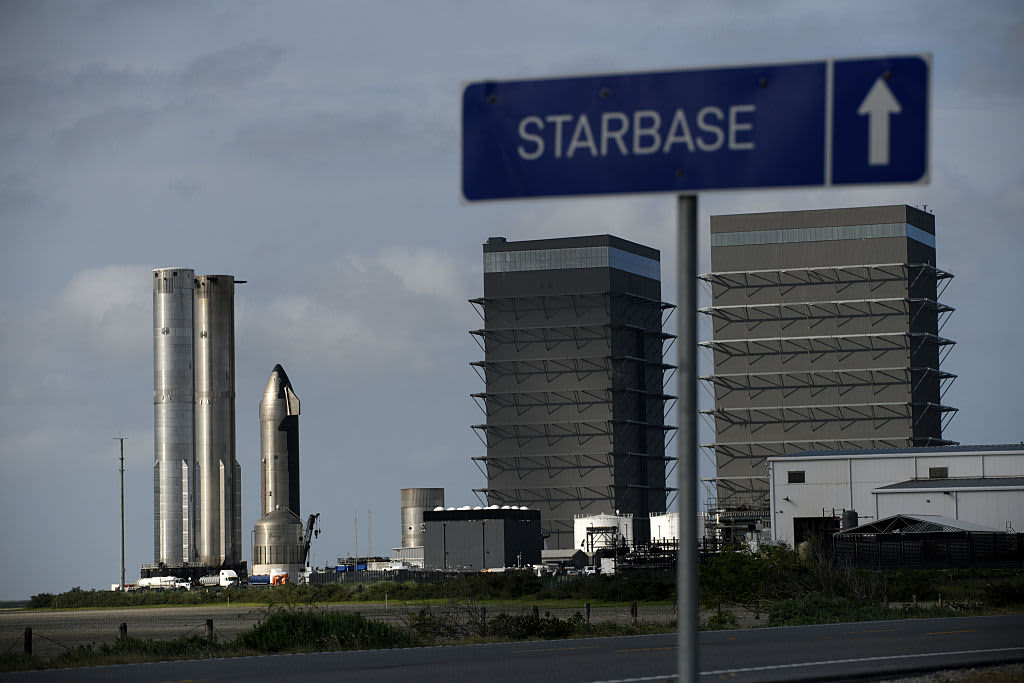
Dude, grab your trench coat and magnifying glass—Mia Spending Sleuth’s on the case again, digging through the high-stakes drama unfolding at SpaceX’s Starbase in Texas. You’d think launching rockets to Mars would be all about fancy tech and interplanetary dreams, but nah, it’s turning into a grim episode of “Whose Safety Line Was That, Anyway?”
Here’s the mystery: a crane at SpaceX’s Texas facility just decided to take a nosedive. Sounds like a one-off, right? Wrong. This crane collapse isn’t just some fluke; it’s the latest in a string of safety slip-ups making the whole Starbase feel more like a slapstick comedy of errors than the golden hub of space innovation. OSHA—the U.S. Occupational Safety and Health Administration—is now poking around, shining its harsh flashlight on what might be serious lapses in worker protection.
Fast-Tracking Rockets, Slow-Tracking Safety?
SpaceX’s Starbase is the poster child for “move fast and break things”—except, spoiler alert, those “things” sometimes include the workers. To get those Starship rockets off the ground quicker than you can say “dude, seriously?”, it seems SpaceX has been trading off safety margins like a gambler short on chips. Reports show a steep rise in worker injuries, with former employees spilling tea about botched crane signals that nearly ended in disaster. Imagine being 25 feet up and realizing your crane operator just read your “okay” wave as a “drop everything” code. Yikes.
What’s wild is SpaceX’s response—or attempted dodge—during state safety investigations. Instead of owning up, they’ve been acting as if “worker injuries” are a side mission not part of their grand plan. Like the company’s speed obsession is so intense, safety took the backseat, maybe even the trunk.
Explosions and Accidents: The “Small Setbacks” That Keep Adding Up
If you thought rocket explosions were just high-drama special effects, think again—they’re also a toe over the safety line. Starship’s repeated blow-ups aren’t just spectacular—they inject serious risk right into the work environment. Then there’s the recent crane collapse, a shiny new chapter in the Starbase’s so-called “oops” file. Investigations are underway, underscoring potential regulatory blind spots—especially in Texas, where OSHA rules seem to operate on “go easy” mode. That lax oversight might just be SpaceX’s safety problem’s best enabler.
Fans online are not holding back either—calling out what they see as a “completely unacceptable safety culture failure.” Not exactly the rocket fuel morale booster Elon probably aimed for.
The Elon Factor: Efficiency vs. Safety in a High-Stakes Tug of War
Here’s the juicy bit: Elon Musk’s lightning-fast push for space dominance might be casting long shadows over worker safety. Word on the street is his dislike for bright colors—yes, really—is messing with hazard visibility on-site. Plus, SpaceX’s alleged shortcutting on training means workers could be missing out on crucial know-how to keep themselves out of harm’s way. When you mix all this with general construction industry woes—like crane and scaffold collapses across Texas—the picture ain’t pretty.
OSHA’s current investigation into SpaceX isn’t just about nailing down the cause of one crane’s failure; it’s a wake-up call to reevaluate whether SpaceX’s culture and management really have the workers’ backs or are just chasing speed at too high a human cost.
To Wrap This Up
SpaceX’s Starbase crane collapse isn’t just a headline—it’s a glaring beacon signaling bigger safety issues simmering beneath the surface. OSHA stepping in is a good move, but real change will mean SpaceX stops treating safety like a speed bump on the road to Mars. Without a strong safety culture, all that starry-eyed ambition risks crashing hard on Earth where it hurts the most: the people powering the dreams. Let’s hope this investigation lights a fire—not to burn, but to illuminate the path to safer launches.
So, what do you think, dude? Is SpaceX ready to trade rocket flames for safety flames, or is this just the start of another wild ride? I’m all ears.
